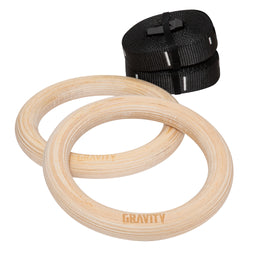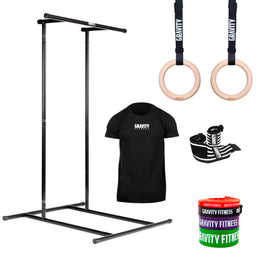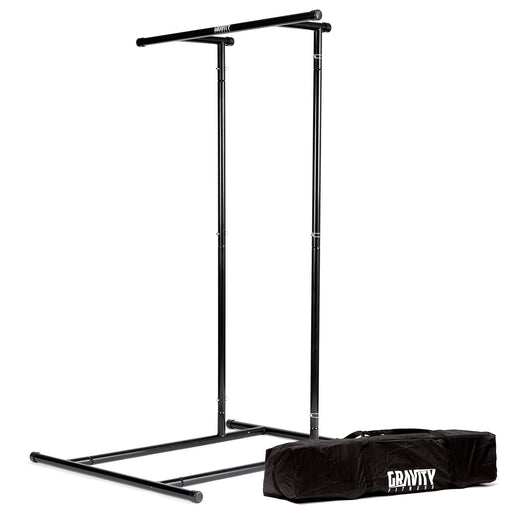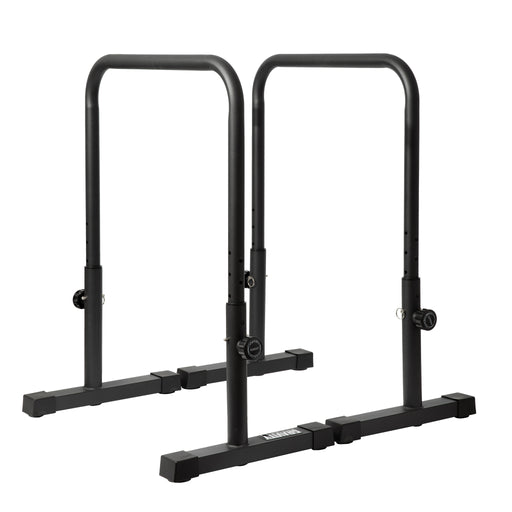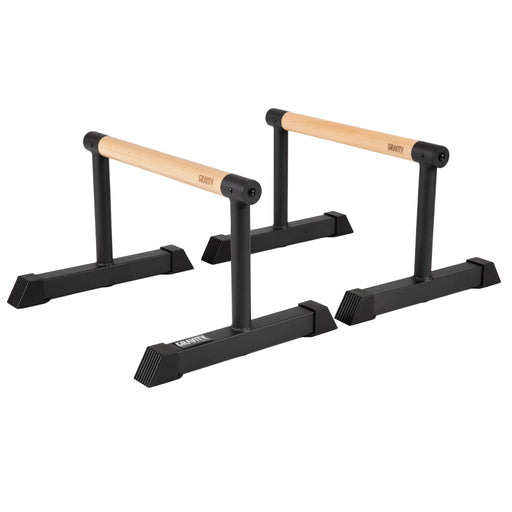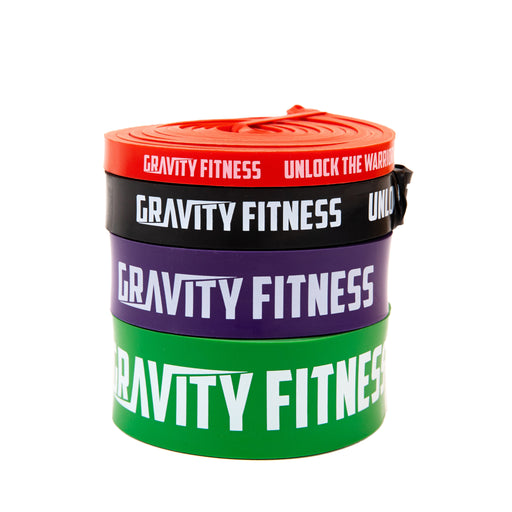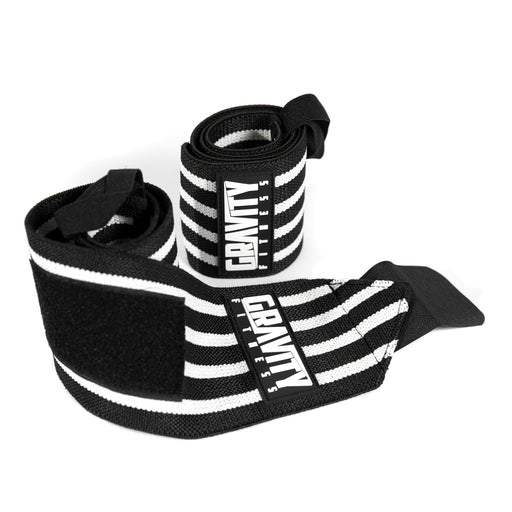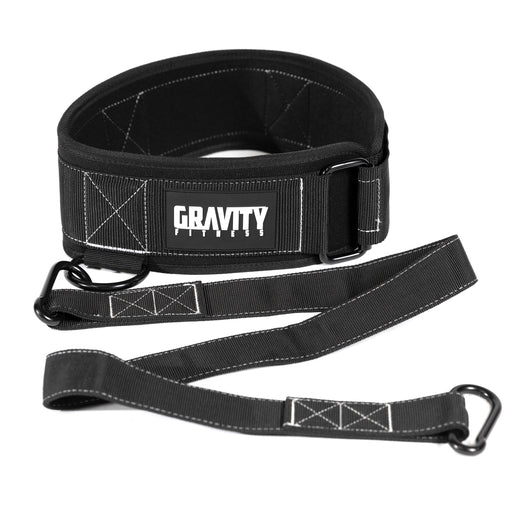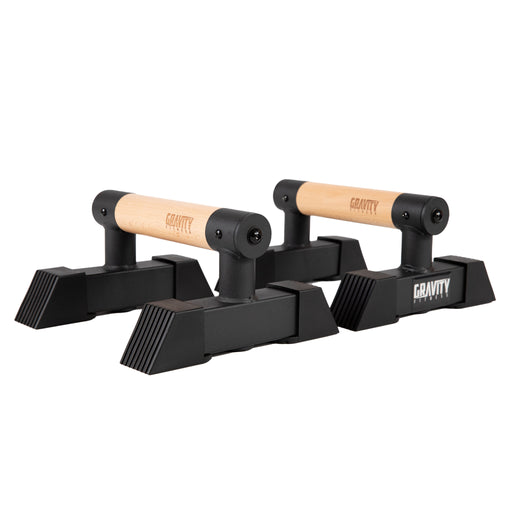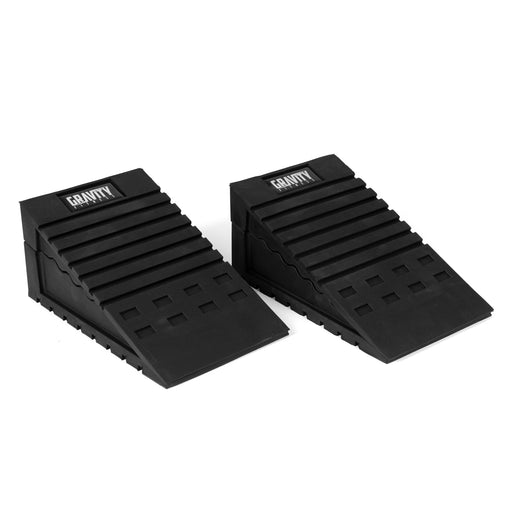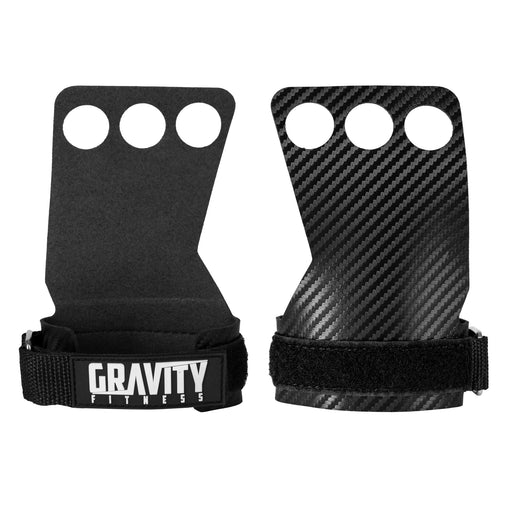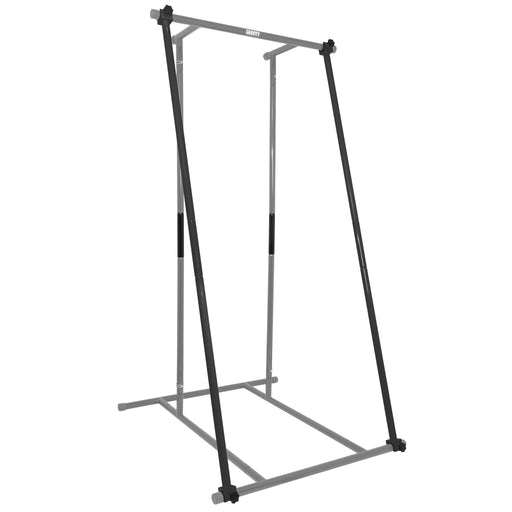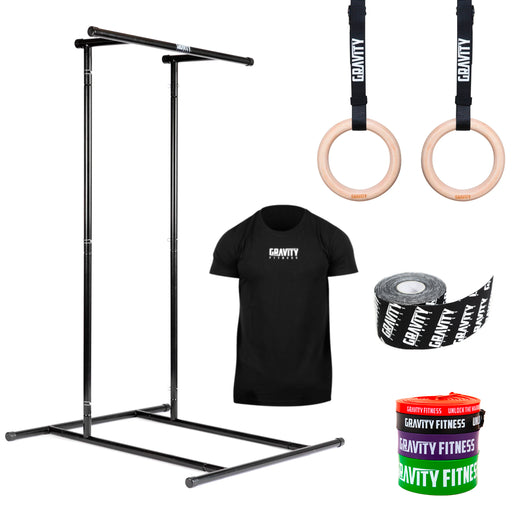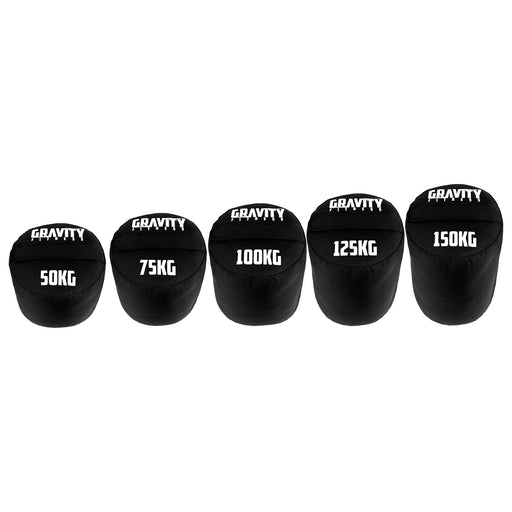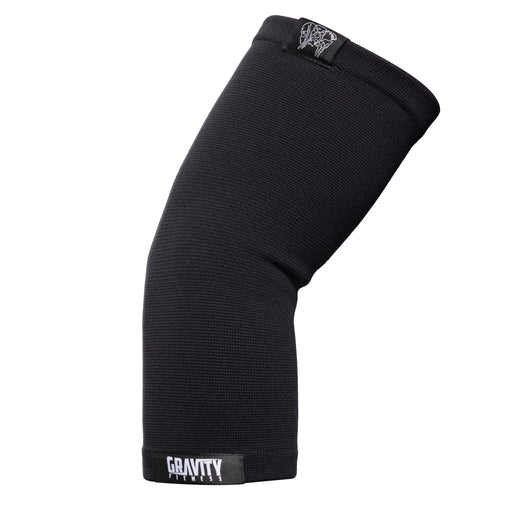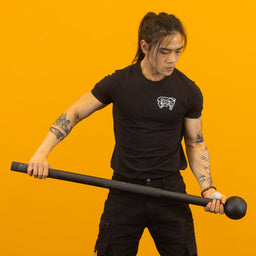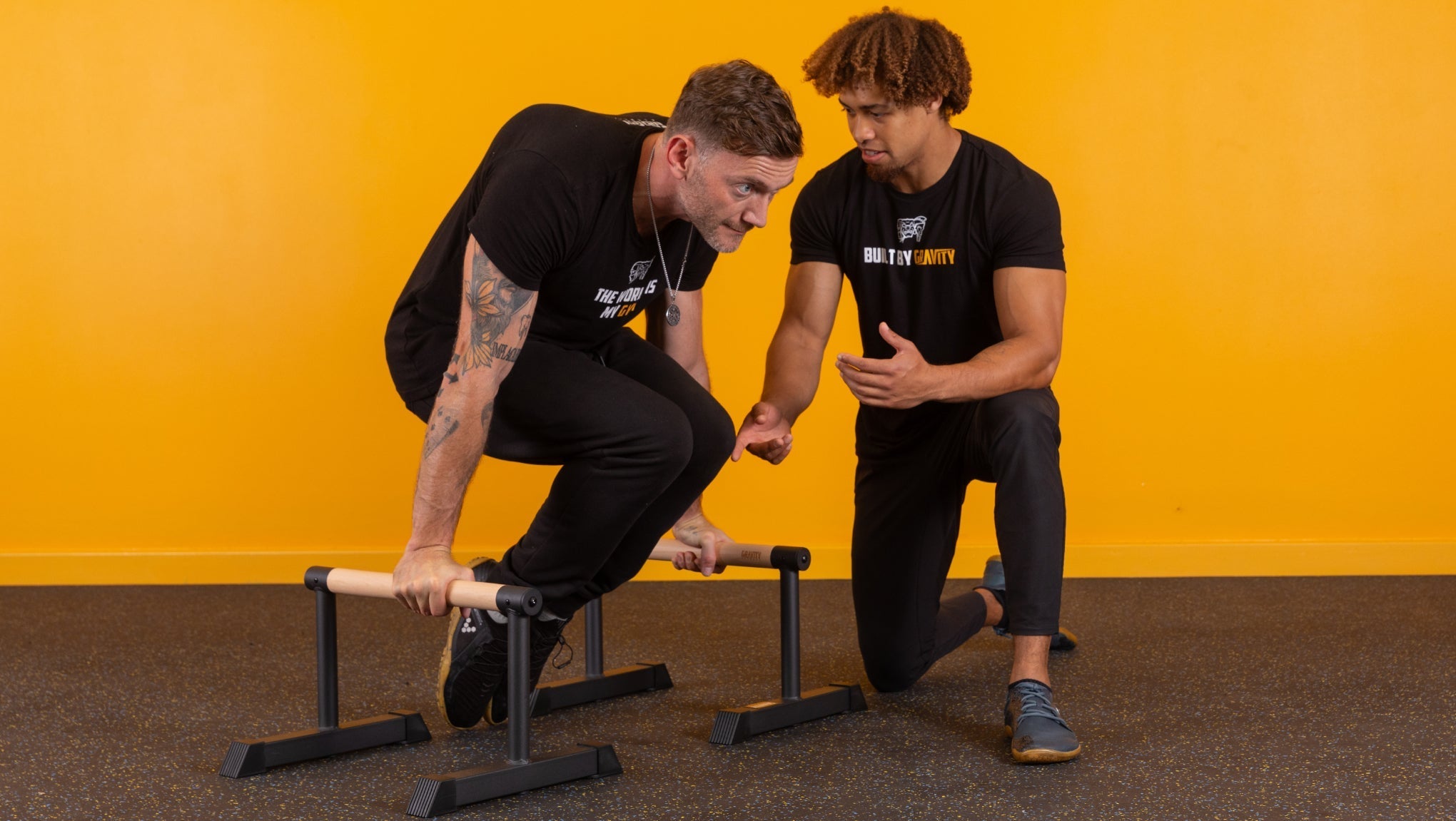
Why Can’t I Progress in Calisthenics? 7 Reasons You're Stuck (And How to Fix Them)
Calisthenics is one of the most powerful tools for building functional strength, control, and resilience. But no matter how long you’ve been training, hitting a plateau is inevitable. You start strong, gain momentum, and then—nothing. Pull-ups stall. Your first muscle-up stays out of reach. Your handstand never quite sticks.
You're not alone if you feel like you’re grinding with no progress. Whether you're new to bodyweight training or deep into your calisthenics journey, knowing why you’re stuck is the first step to unlocking the next level.
Here are seven reasons you're not progressing in calisthenics—and what to do about it.
You're Not Training Through Full Range of Motion
Half-repping your push-ups or rushing your pull-ups might feel like you're doing more, but it's limiting your strength development. Full range of motion (ROM) recruits more muscle fibers, strengthens joints, and builds usable strength across positions.
If your push-up doesn't touch the floor or your pull-up doesn’t clear the bar, you're not getting the full benefit. Work on quality reps over quantity. Use tools like resistance bands or parallettes to build ROM safely and reinforce control through the full movement.
You’re Avoiding Your Weaknesses
Most athletes gravitate toward what they're already good at. Love push-ups but hate squats? Obsessed with pull-ups but skipping mobility work? Avoiding your weak points creates imbalances that eventually limit your progress.
Calisthenics is about balance—between pushing and pulling, strength and control, mobility and stability. If you’re skipping scapular work, core control, or hip mobility, those gaps will show up in your performance. Address them head-on.
Start by identifying the movement patterns you’ve neglected. Then build them into your warm-ups or accessory work. Gravity Fitness parallettes, rings, and resistance bands are excellent tools for building foundational strength and addressing overlooked areas.
You're Lacking a Clear Progression Plan
Calisthenics progressions are essential. You wouldn’t jump into a 100kg barbell squat on day one, and the same applies to bodyweight training. If you're doing the same push-up variation or static hold for weeks with no change, your body has no reason to adapt.
You need to manipulate intensity, leverage, and volume over time. Move from incline push-ups to standard, then archer or pseudo planche variations. Build your pull-ups from negatives to band-assisted, then full reps. For static holds like the L-sit, start with bent-knee holds and gradually extend over time.
Progress should be intentional, not accidental. Track what you're doing and make sure you're challenging yourself week to week.
You’re Doing Too Much Volume and Not Enough Intensity
Endless sets of high-rep push-ups and pull-ups might boost endurance, but they won’t help you break through a plateau. To build strength and muscle, you need to increase intensity - either by choosing more difficult progressions or by adding external resistance.
If you can do 20+ push-ups or 10+ pull-ups with ease, it’s time to level up. That might mean elevating your feet in push-ups, adding a weighted vest to your pull-ups, or shifting to one-arm work. Gravity Fitness weighted vests are perfect for safely increasing intensity while maintaining freedom of movement.
Train like you mean it. Keep the volume focused, push yourself hard, then recover properly.
You’re Not Using the Right Tools to Support Progression
Calisthenics is often praised for its minimalism—and rightly so. But minimal doesn’t mean unassisted. The right tools can be game-changers for breaking through sticking points.
Resistance bands help scale movements and teach motor patterns, especially for skills like muscle-ups, handstands, and front levers. Parallettes improve wrist position and deepen the range of motion for push-ups and L-sits. A weighted vest can add a serious load once you’ve mastered bodyweight basics.
Investing in a few quality tools can take your training further, faster. At Gravity Fitness, every product is designed to support functional progress without compromise.
You’re Neglecting Skill-Specific Practice
Skill-based movements like handstands, planches, or muscle-ups aren’t just about strength. They require motor control, coordination, and time under tension. If you’re only training brute strength but never practicing the specific skill, you won’t see progress.
Break skills into components. Want a muscle-up? Work on explosive pull-ups, transition drills, and deep dips. Want a handstand? Practice wall holds, shoulder taps, and freestanding balance work daily.
Repetition, not randomness, leads to mastery. Allocate time each week for low-fatigue, high-frequency skill work. This is where true calisthenics proficiency is built.
You’re Not Recovering Like an Athlete
Sleep, nutrition, mobility, and active recovery are just as important as your workouts. If you're not sleeping well, eating enough to fuel adaptation, or addressing tightness and joint health, you’re putting the brakes on progress.
Calisthenics demands high levels of joint control, tendon resilience, and central nervous system recovery. Poor recovery leads to stagnation, burnout, and injury.
Make mobility part of your daily routine. Use a combination of dynamic warm-ups, foam rolling, and active recovery sessions. Eat enough protein to support muscle repair. Prioritize 7–9 hours of quality sleep. It’s not just about training harder—it’s about training smarter.
Final Thoughts
Progress in calisthenics isn’t linear—and it’s not always fast. But it is achievable, no matter your starting point. The key is understanding why you're stuck and having the tools, knowledge, and discipline to correct it.
At Gravity Fitness, we’re here to support every phase of your bodyweight journey. Whether you're building your first pull-up or chasing elite skills, we make the equipment and resources to get you there.
The plateau doesn’t mean it’s over. It means you're ready to level up.












